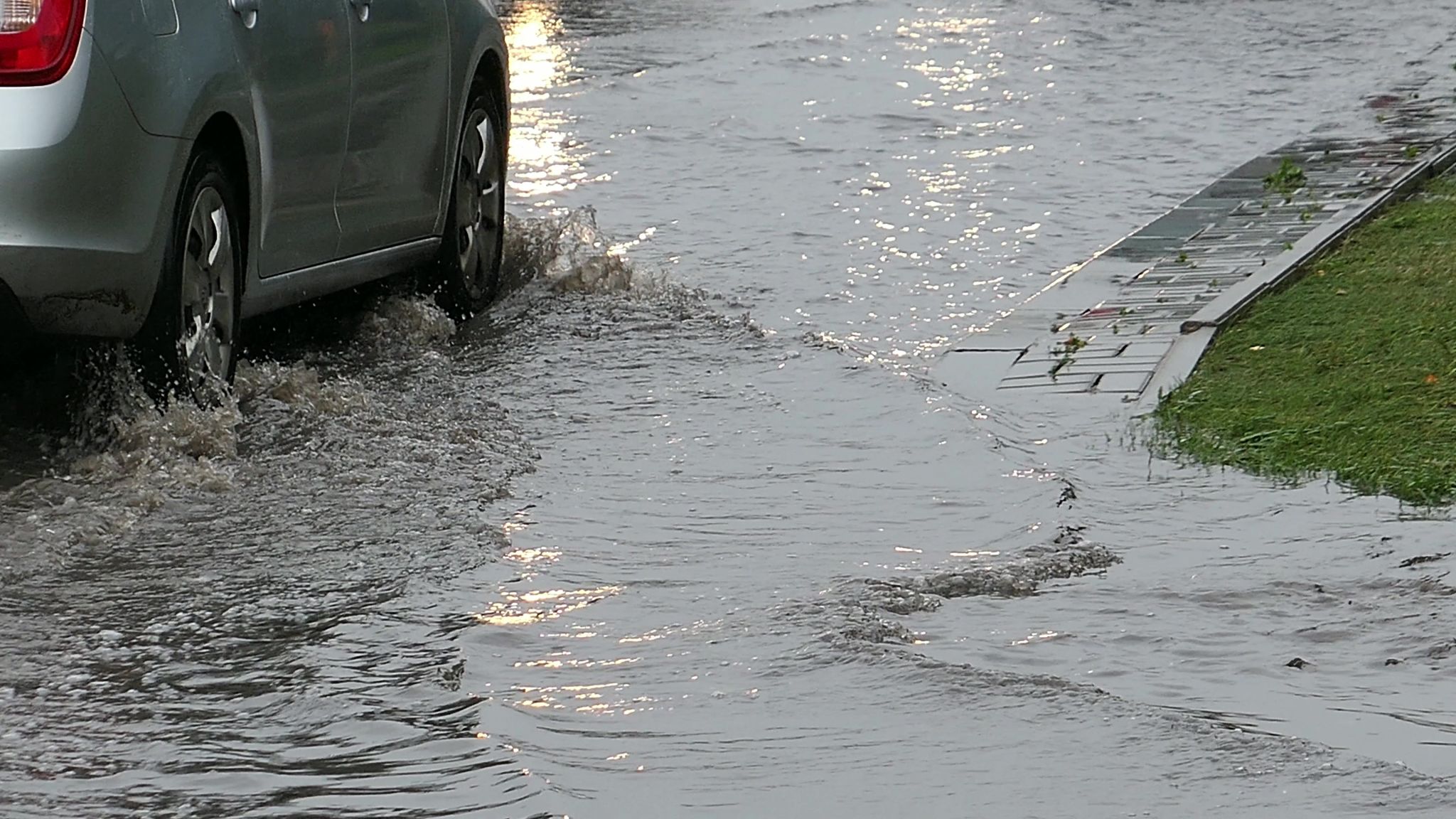The Essential Guide to Flood Insurance for Property Owners in Queens County
Understanding Flood Insurance
Flood insurance is a critical consideration for property owners in Queens County. Given the area's proximity to water bodies and the increasing unpredictability of weather patterns, understanding the essentials of flood insurance can protect you from significant financial losses. This guide will walk you through the key aspects of flood insurance and why it's a smart investment for your property.

Why Flood Insurance is Necessary
Many property owners mistakenly believe that their standard homeowner’s insurance will cover flood damage. However, this is not the case. Standard policies typically exclude flood damage, leaving property owners vulnerable in the event of a flood. Purchasing separate flood insurance ensures that you are covered for potential damages caused by rising waters and flooding.
Flooding can result from a variety of causes, including heavy rainfall, storm surges, and overflowing rivers. In Queens County, these risks are compounded by its geographical location and urban development, which can exacerbate flooding during severe weather events.
Types of Flood Insurance Coverage
When considering flood insurance, it's important to understand the types of coverage available. Flood insurance policies generally cover two main areas: building property and personal property.

Building Property Coverage
This type of coverage protects the physical structure of your home or business. It includes the foundation, electrical and plumbing systems, appliances, carpeting, and other installed fixtures. Ensuring you have adequate building property coverage is crucial for repairing or rebuilding your home after a flood.
Personal Property Coverage
Personal property coverage protects your belongings, such as furniture, electronics, clothing, and other personal items. It's important to evaluate the value of your personal property to determine the appropriate level of coverage needed. Remember that certain high-value items might require additional coverage.

How to Purchase Flood Insurance
Flood insurance in the United States is primarily offered through the National Flood Insurance Program (NFIP), which is managed by FEMA. It can also be purchased from private insurance companies that provide additional options beyond the NFIP’s standard policy.
To purchase a policy, you can work with an insurance agent who has experience with flood insurance. They can help you assess your risk level and determine the appropriate coverage for your needs. Keep in mind that there is usually a 30-day waiting period before a new policy takes effect, so it’s best to act sooner rather than later.
Understanding Your Risk
Queens County's flood risk varies depending on specific locations and proximity to water bodies. FEMA provides flood maps that indicate high-risk areas, which can help you assess your property's vulnerability. Properties located in high-risk zones typically have higher insurance premiums but face greater risks of flooding.

Reducing Your Premiums
There are several strategies you can employ to potentially lower your flood insurance premiums. Elevating your home, installing proper drainage systems, and using water-resistant building materials can decrease your risk profile and result in lower costs. Additionally, some insurers offer discounts for implementing these risk-reducing measures.
By understanding the essentials of flood insurance and taking proactive steps to protect your property, you can safeguard your investment against the potentially devastating effects of flooding. Don’t wait until it’s too late—invest in flood insurance today to ensure peace of mind for tomorrow.
